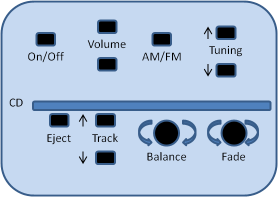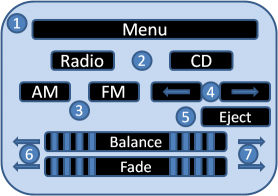A Story About A Book circa 1978
I wrote a 77-page book over a single weekend in 1978. I decided to self-publish it. This was long before print-on-demand and e-books for those of you who may not be old enough to remember when you took a typed – not word processed – manuscript to your local printer and had him make your first print run. And you went to VeloBind to get covers and binding strips and even punching and binding machines.
I wrote a 77-page book over a single weekend in 1978. I decided to self-publish it. This was long before print-on-demand and e-books for those of you who may not be old enough to remember when you took a typed – not word processed – manuscript to your local printer and had him make your first print run. And you went to VeloBind to get covers and binding strips and even punching and binding machines.
 I had the book printed on very nice paper and the hard cover was a walnut veneer with gold printing. Very good looking and conveying very high quality. The book was titled “Design for Testability” and I priced it at $95. That’s $95 in 1978 dollars, which today would be roughly $347. For a 77-page book in 8-1/2” x 11” format.
I had the book printed on very nice paper and the hard cover was a walnut veneer with gold printing. Very good looking and conveying very high quality. The book was titled “Design for Testability” and I priced it at $95. That’s $95 in 1978 dollars, which today would be roughly $347. For a 77-page book in 8-1/2” x 11” format.
Everyone said that I was crazy to ever expect to sell any of these books. But I was convinced based on experience that there was a knowledge vacuum on this topic that I could fill. So I bought a full-page ad in Electronics Test magazine for $1,800 (which today would cost $6,500).
And I sold a few books. About half as many as needed to pay for the ad. But I ran the ad again the following month and sold 3 times as many books as I needed to pay for the ad. I was now on the way to profitability, even with a $10 ($36.50) cost of goods sold. And sales kept increasing.
God, it was fun to get the mail every day. Orders with checks attached. Names of book buyers who obviously had a significant problem to get their companies to spend that amount of money for a book. Going to the garage to punch, bind and put the covers on those books was a labor of love.
Not six months after that first book was sold I was in the seminar business teaching design for testability to all of the major electronics manufacturers in the United States. My little book had become “The Bible” of design for testability. And it remained that way for over ten years.
Why do I tell you this story? Only to point out that what I’m about to say to you in this book is not fiction. Nor is it wishful thinking. It is a compendium of thoughts, beliefs, and processes that are proven to work. Because they have worked for me and, properly applied, they will work for you.
This story comes from Chapter 1 of “Inspiration Now!” It is available at https://www.createspace.com/5124589. Order your copy now.



